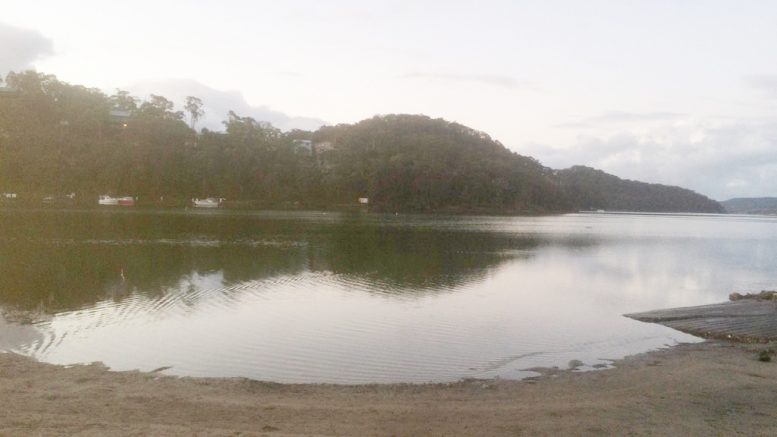Correa Bay boat ramp and the adjoining foreshore area were closed after the discharge of sewage into the bay during a severe thunderstorm on Wednesday, March 22.
Central Coast Council issued a public health alert at 4:55pm on Friday, March 24, two days after the storm, to advise the public that water quality may have been affected.
The council attributed the contamination to a combination of large storm water flows and a power outage at a sewage pump station.
As a precaution, Council closed the boat ramp and adjoining foreshore area and advised residents to avoid swimming, fishing and other recreational activities in the area until further notice.
“Council continues to monitor the situation closely and is working with the NSW Environment Protection Authority and other relevant authorities,” the council statement said.
The boat ramp and foreshore area remained closed until 4:54pm on Monday, March 27, when it was reopened after the council confirmed “water quality is suitable for recreational purposes”.
The Central Coast Council has an Environment Protection Licence which states that the Council is required: to prevent as far as practicable sewage overflows and sewage treatment plant bypasses; to have proper and efficient management of the system to minimise harm to the environment and public health; and to have practical measures in place to protect the environment and public health from sewage overflows and sewage treatment plant effluent.
As part of its licence conditions, Council is required to notify the EPA of the date, estimated start time and estimated duration of the bypass; the estimated volume of the bypass; the probable cause of the bypass; any actions taken to stop the bypass happening; and any actions taken to prevent the bypass happening again.
As licensee it must also record details in relation to each observed or reported overflow from the reticulation system and from the sewage treatment plant: the location of the overflow; the date, estimated start time and estimated duration of the overflow; the estimated volume of the overflow; a description of the receiving environment of the overflow; classification as a dry or wet weather overflow; the probable cause of the overflow; any actions taken to stop the overflow happening; any actions taken to clean up the overflow; and any actions taken to prevent the overflow happening again.
Any risks to public health should also be made public “immediately” under the licence and the Department of Health and the Safe Foods NSW Shellfish Quality Assurance Program must also be informed where the bypass or overflow could have potential impacts on shellfish production.
SOURCES:
Media releases, 24 and 27 Mar 2017
Ian Reynolds, Central Coast Council
Website, 30 Mar 2017
Environmental Protection Authority
Correa Bay closed after sewage discharge
 Looking across Correa Bay from the foreshore reserve with boat ramp in bottom right hand corner
Photo Wikinomad
Looking across Correa Bay from the foreshore reserve with boat ramp in bottom right hand corner
Photo Wikinomad

